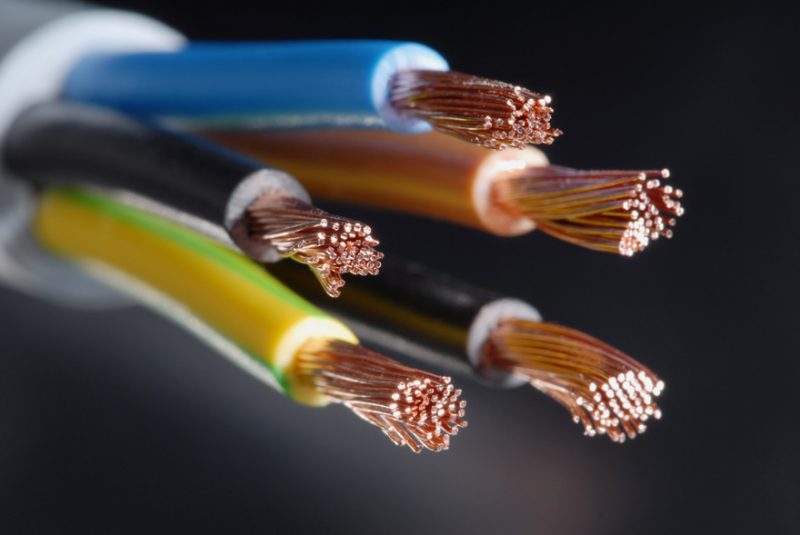For both cable types, copper and fibre choosing the right shield/jacket is vital. The terms described below are used to describe the chemical compounds used during the production of the cable. Below we’ve included a list of the most common jacket types, definitions and scenarios when you’d most likely choose them.
PVC – Polyvinyl Chloride
Polyvinyl Chloride can usually be formulated to function in a variety of environments and applications. It the most low cost, flexible material. PVC can potentially be dangerous in a fire situation, releasing heavy smoke and hydrogen chloride gases. Furthermore, PVC jackets can have additional ratings such as CMR, CM or CMG. Finally, in terms of aesthetics, the material can be finished gloss, matte or slick.
PE – Polyethylene
Polyethylene have excellent insulation resistance, dielectric strength and high abrasion resistance. The polyethylene jacket is stiff and rigid, so alternatives like Low Density Polyethylene (LDPE) are readily available for improved flexibility. Properly formulated, Polyethylene has excellent Weather Conditions.
LSZH – Low Smoke Zero Halogen
Low Smoke Zero Halogen is a shield material that was formulated free of halogenic materials (chlorine and fluorine) due to the toxic nature of these chemicals when burnt. The Low Smoke Zero Halogen actually correlates to two aspects of the cable. The ‘Low Smoke’ describes the amount of smoke emitted when burnt whilst ‘Zero Halogen’ describes the amount of halogens used to make the compound. Additionally, terms like LSOH, LSHF and LSNH are all references for cables possessing Low Smoke and Zero Halogen properties.
So, which should I use?
For decades PVC has reigned supreme in the wire and cabling industry. The installation has been used for horizontal runs from the wiring centre, or vertical runs between floors. The latter however, can only be contained on buildings that feature ventilation systems through duct work.
Both PVC and LSZH have the same effective performance in modern buildings. Your choice comes down on where you’re going to run the cable and country regulations.
PE is mainly used on outdoor installations or cable that will be susceptible to weathering. A typical construction we see is one with double sheath. The external sheath will be PE. Once the cable reaches indoors, you’ll strip the outer PE layer to reveal your choice of PVC or LSZH underneath. You’ll then use this cable to run through your installation.
In recent years countries across the globe have started opting for LSZH as a standard in their installations due to its composition nature. Additionally, LSZH cable technology has advanced significantly in recent years.

